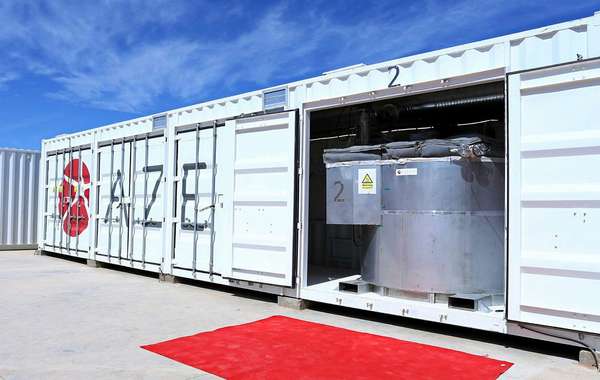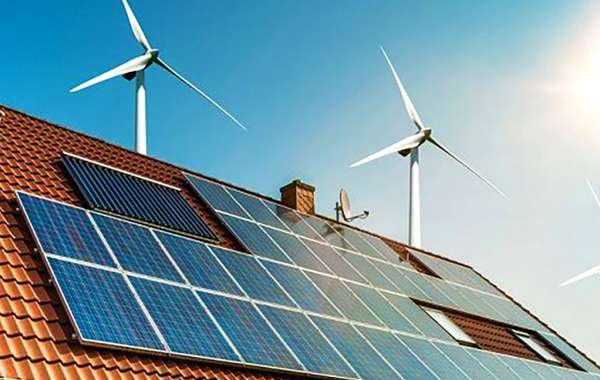When considering solar cells as thin as laminate and completely transparent, the possibilities seem endless. Imagine every glass or laminant surface in our built environment and all of our devices, large and small, harvesting solar energy. In a world of passive, self-sustaining mini-power stations, would the need for fossil fuel actually evaporate along with the need for a power cord?
It seems too dreamy to be true, and yet this is the hopeful vision evoked by this new technology, as current solar cell technologies just don't have the capacity to offset the entire energy bill of such a building. Skyscrapers are notorious energy hogs as they seem if anything to be designed to shed heat in the winter rather than hold it.
And they're no better in the summer, they require huge amounts of energy to cool them down while the sun beams in and slow cooks the occupants. Glass curtain walls leave us at the mercy of outdoor temperatures, endlessly pumping our money and energy into heating and cooling to stay comfortable.
While this new see-through solar technology is a huge step in the right direction, only time will tell if and when it will become efficient enough to redeem the all mighty skyscraper from it's energy hog status.
Here is how Ubiquitous describes their produts on their website:
Our ClearView PowerTM technology is a transparent coating that enables any surface to convert ambient light into useful electricity without impacting the way it looks.
ClearView PowerTM can be integrated directly into the surfaces of mobile electronics as an auxiliary power source, with no degradation of device function or display clarity. Among other applications, ClearView PowerTM can also serve as an invisible, power-producing coating for windows, providing an onboard power source for electronic window functionality or to offset energy consumption in buildings.
Now you know more about the latest innovations in solar power generation. Find more info pages about solar PV & sustainable building in the Ecohome Green Building Guide and these pages here:
Find out about the benefits of signing up for a free Ecohome Network Membership - discount building materials and you can promote your business for free! |




























Comments (0)
Sign Up to Comment